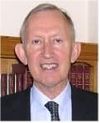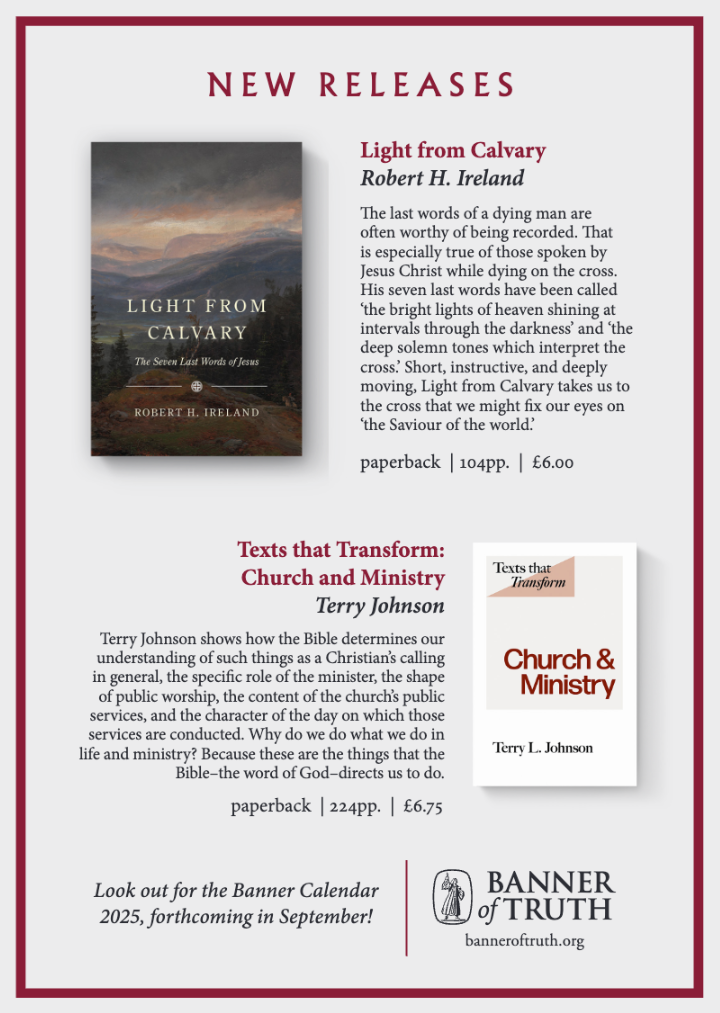The Moravian connection – Moravians and the Evangelical Awakening (4)
For all the help that John Wesley had received from the Moravians, he had not become a ‘paid-up’ Moravian. He was still, supremely, an Anglican clergyman.
In spite of his enthusiastic comments both during and after his stay at Herrnhut, he had taken note of features there he did not agree with, including a cult of personality around Count Zinzendorf.
Only a few months after returning to England, he complained that the Moravians were too passive in their piety; in particular, in prayer, fasting, Holy Communion and Bible study. He discerned an antinomian loosening of a proper connection between justifying faith and a disciplined, godly life (Jenkins, p.127). But, for the time being, Methodists and Moravians continued to meet together.
New Year 1739 began with a Moravian love feast at Fetter Lane Chapel, London (the Moravian Peter Boehler had begun a religious society in Fetter Lane in May 1738). Besides 60 Moravians, at least seven Oxford Methodists were present, namely John and Charles Wesley, George Whitefield, Wesley Hall, Benjamin Ingham, Charles Kinchin and Richards Hitchins – all ordained Anglican clergymen.
Pentecost
The night of 1 January was spent in prayer and praise to God. Whitefield pronounced it ‘to be the happiest New Year’s Day he had ever seen’. It was indeed memorable.
John Wesley wrote, ‘About three in the morning, as we were continuing instant in prayer, the power of God came mightily upon us, insomuch that many cried for exceeding joy, and many fell to the ground.
‘As soon as we were recovered a little from that awe and amazement at the presence of his Majesty, we broke out with one voice “We praise thee, O God; we acknowledge thee to be the Lord!”’
This Fetter Lane Pentecost was an enduement with power from on high for these early Methodists, to prepare them for the highly novel and ‘enthusiastic’ venture of outdoor gospel preaching, that they would soon engage in.
For John Wesley too, it was vital preparation. He began open-air preaching in Bristol in April 1739. The Methodist movement would lead to thousands of conversions in Britain, Ireland and America and the revival now known as the Evangelical Awakening.
Over the next year or so, the Wesleys and the Moravians continued to share love feasts together, but differences were growing. When a German Moravian called Philip Molther arrived at Fetter Lane and began to introduce ‘stillness’ practices, an open rift was imminent.
Molther advocated that seekers after God should refrain from using all means of grace, including Scripture reading, prayer and hearing sermons, but rather wait for the Spirit to bring to them the gift of faith – anything else was ‘works’. The Wesleys opposed this, convinced that God gives grace through the active use of these means, not as a response to passivity.
Divisions
There was disagreement on the question of the believer’s sanctification. With their Lutheran background, Moravians emphasised the imputation of Christ’s righteousness to Christians. Increasingly, the Wesleys, while acknowledging imputation, stressed the transforming work of the Spirit in the Christian’s life. They spoke of imparted righteousness – the Christian is not only accounted righteous, but is being made righteous.
John Wesley was convinced that Moravian emphases were opening the door to antinomianism. Later, when the dispute became public, he published a pamphlet entitled A dialogue between an Antinomian and his friend.
In July1740, the Wesleys left the Fetter Lane society, with about twenty others, and began to meet regularly at the nearby Foundery. Even then, the division might have been healed, if it were not for Count Zinzendorf, who was becoming increasingly idiosyncratic.
On a visit to London in 1741 he conversed with John Wesley and rejected any notion of imparted holiness in the Christian. He openly disparaged the Wesleys’ ‘self-made holiness’ and, as ‘bishop and guardian of the Church of the Brethren’, publicly branded John and Charles as ‘false teachers and deceivers of souls’. In August 1745, the Moravians declared in a London newspaper that they had now nothing to do with John Wesley.
In an altogether separate development, during 1740, Wesley had dissociated himself from the Calvinist teaching of George Whitefield, by publishing the notorious Free Grace sermon Wesley had preached at Bristol (he had drawn lots – a Moravian practice – to determine whether to publish this sermon or not!).
In the years that followed, there were largely unsuccessful attempts to reconcile the three groups. In August 1743, John Wesley proposed a leaders’ conference in London for Moravians, Arminian Methodists and Calvinistic Methodists. George Whitefield, Howell Harris and the Wesley brothers came, but the Moravians were not represented.
John Wesley had invited Spangenberg, but just before the conference was due to begin, Spangenberg left England for America. The Moravians were reluctant to take part, unless the Archbishop of Canterbury was informed of the proposed meeting and an Anglican bishop invited!
While we may wonder at such scruples, we must note that soon after, in 1749, the British parliament, with the Church of England’s episcopacy, recognised the Moravian church as an ancient Protestant Episcopal Church.
Lessons
If that kind of connection had not been there in the first place, John Wesley, with his high church thirst for the Church Fathers and ‘primitive’ Christianity, may not have been willing to associate at all with the Moravians.
What if his fellow-travellers to Georgia on the ship Simmonds had not been Moravians, but dissenters, much firmer in their doctrinal gasp and yet socially unacceptable to the Wesleys? Would John have allowed them to teach him the deep things of God? Would not his only conversation with them have been to correct their ‘errors’?
The story of the Moravian-Methodist connection is full of the amazing, unpredictable providence of God. This was the eighteenth century – an age before air travel or steamboats. New England had not long been colonised by the European powers. And yet God drew together, with unerring accuracy, the key figures for this future revival as they crossed the Atlantic to New England, or converged on Oxford or London.
Who knows what unplanned meetings for good the Lord still brings about between his servants, in transit lounges, churches and conference centres across the world?
The seminal influence for good or ill of quite tiny groups is also easily underestimated. The Moravians exerted an influence out of all proportion to their smallness. Surely this encourages Reformed believers today in their relative fewness not to underestimate how the Lord can use them? The Lord of history, Jesus Christ, can conquer, whether by many or by few.
Even though in the end the Moravians spiked their own guns by increasingly focussing inwards on their own Moravian communities, rather than outwards in vigorous evangelism and church planting, they still did incalculable good, at least in the early stages, through their faithful, Christ-like living and zealous missionary endeavour.
Succeeding Moravian history was marred by sin and error, and today’s Moravianism is largely, though not entirely, theologically liberal. But the early Moravians had the fire of God upon them. It was they who, under God, turned the Holy Club into an Evangelical Awakening; and for this they deserve to be remembered for all time.
Such fire is still vitally needed among our professedly evangelical churches. But how can we obtain it once more with the same intensity and effect?
Roger Fay
References
A history of the Moravian church, J. E. Hutton; Moravian Publication Office.
‘Zinzendorf’, Biographical Dictionary of Evangelicals; IVP.
‘The Moravians and missionary passion’, Bruce Jenkins, Calvin, Geneva and Revival;Westminster Conference 2009.
England before and after Wesley, J. Wesley Bready; Religious Book Club.
John Wesley (1703-1791); Essay by Alexander Gordon (1899).
John Wesley’s forty-four sermons; Epworth Press.
Memorials of the life of Peter Bohler, John P. Lockwood; Wesleyan Conference Office.
Reasonable enthusiast; Henry D. Rack; Epworth Press.
The burning heart, A. Skevington Wood; Cliff College Publishing.
The young Mr Wesley, V. H. H. Green; Edward Arnold.
www.openheaven.com/library/history/zinzendorf.htm
Online articles by Herbert McGonigle and A. Skevington Wood.







